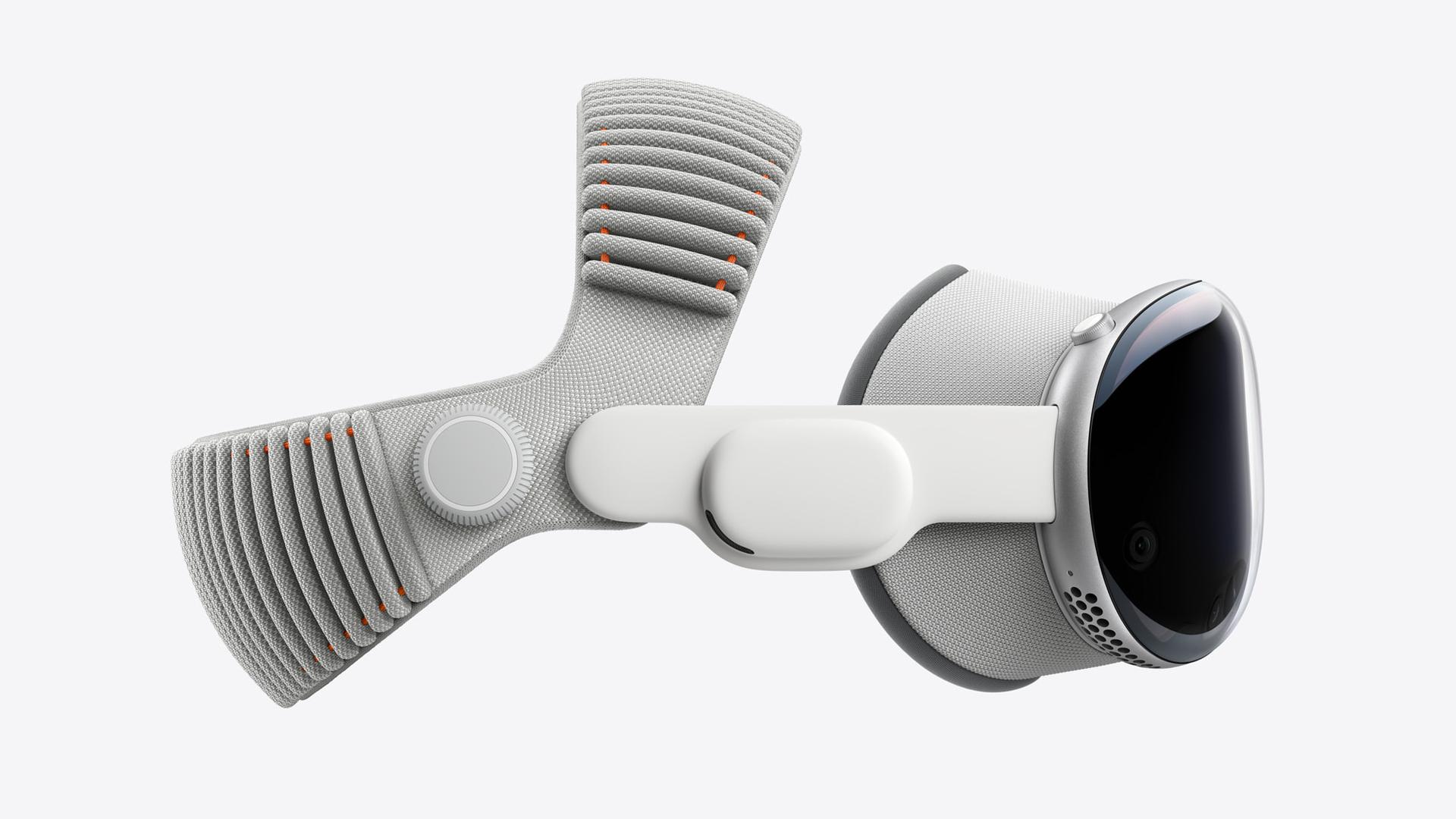Apple Vision Pro gets an upgrade
The latest version of Apple’s spatial headset provides more power, pixels and comfort

Launched in early 2024, Apple’s Vision Pro spatial computing headset recently received its first major update. The latest version – which runs on an M5 chip, opposed to an M2, and visionOS 26 – improves performance, display and battery life while introducing new features and experiences. Plus, the Vision Pro also comes with improved comfort; the Dual Knit Band, available separately for $99/£99, promising a more cushioned, customisable fit for users.
The wearable’s M5 chip boasts faster, more powerful processing, rendering 10% more pixels on its micro OLED displays, with refresh rates up to 120Hz (as opposed to 100Hz) to reduce motion blur. The Vision Pro’s 16-core Neural Engine also speeds things up, letting AI-enhanced features like Persona run 50% faster.
The device’s battery life sees some improvement, now supporting two and a half hours of general use or three hours of video playback on a single charge.
The new Dual Knit Band features upper and lower straps for a more natural fit, with the 3D knitted fabric providing extra padding and stretch. The Fit Dial allows users to make precise adjustments, while the lower strap is equipped with a counterweight to boost overall balance and stability. Available in small, medium and large, each Dual Knit Band, purchased separately, is compatible with either version of the Vision Pro.
Finally, the upgrade to visionOS 26 enables a slew of new spatial experiences. From improvements to widgets and 360° video, to additional immersive concerts (in Amplium), sporting events (in Apple Immersive Video) and blockbuster movies (in Apple TV), Apple is expanding what its flagship headset can be capable of – even amid reports that it’s pivoting towards smart glasses.
Apple Vision Pro’s main critique remains its cost. Starting at $3,499 or £3,199, the headset is at the higher end compared to similar models, yet there seems to be consensus that it is the best on offer. And – unlike its competitors – it’s made for more than virtual reality gaming, instead marketing itself as the ‘ultimate entertainment device’.
Learn more at apple.com

